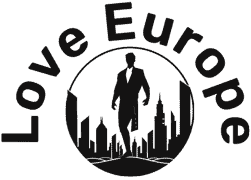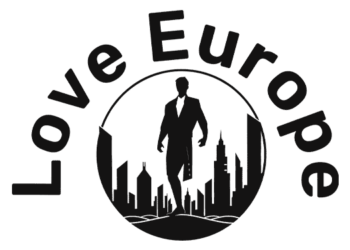“The proposal will reduce one of the main administrative barriers in the Single Market for services and is a concrete action to reduce companies’ reporting requirements by 25%,” said Margrethe Vestager, Executive vice-president of the European Commission.
A single digital declaration portal will allow service providers to use one form instead of 27 different national forms, the Commission said in a statement.
The initiative will be voluntary and has already received mixed reactions from stakeholders.
“The European Commission has missed an opportunity to introduce a system for the declaration of posted workers which would make it easier for both employers to properly register posted workers and labour inspectors to uphold workers’ rights,” said Esther Lynch, the European Trade Union Confederation (ETUC) general secretary.
Workers’ representatives believe that, if properly designed, the e-declaration could be a good tool to improve cross-border enforcement, but warn that the social costs of the current proposal could outweigh the economic benefits for businesses.
Business representatives, on the other hand, welcome the EU-wide digital tool as a way to simplify and streamline the process and reduce the excessive administrative burden on companies within the single market.
“German employers have for a long time called for a harmonised, single notification system for the posting of workers instead of 27 separate national systems with different information and documentation obligations,” the Confederation of German Employers’ Associations (BDA), which represents the largest destination country for posted workers, said in a press statement.
The ETUC is opposed to a “one size fits all” approach and favours a voluntary, standardised e-form, which allows for some information requirements to be added or adapted to national needs in order to foster a wider take-up by member states.
“Now, we also need to see progress on the establishment of a new EU helpdesk under the European Labour Authority (ELA) to provide on-demand, practical and individualised help and guidance to employers, particularly regarding the posting of workers,” BusinessEurope director general Markus J. Beyrer noted.
What countries are the most attractive for posted workers?
Posted workers account for nearly half of the 9.9 million EU citizens working abroad, according to a 2024 study by the European Commission.
Germany is by far the country welcoming the most posted workers, with more than 1.5 million posted workers in 2022 – followed far behind by Poland (on around 723,000) and Italy (with around 315,000).
According to the most recent data, from 2021 to 2022 France, Germany and Ireland saw the highest boost in posted workers in their territories, with respective increases of 63%, 61% and 217%. The rise was EU-wide following the Covid-19 pandemic, even though Estonia (-19%), Lithuania (-1%) and Romania (-2%) faced a slight decrease.
Who’s behind the numbers?
The number of workers in the EFTA [Iceland, Liechtenstein, Norway and Switzerland] and EU countries was approximately 4.6 million in 2022 and, while there is no recent study specifically focused on their profile, a 2024 EU report on overall labour mobility found that 58% of those moving abroad are male, with half originating from Romania, Poland or Italy.
ADVERTISEMENT
Another European Commission study on posted workers shows that the most common sectors employing them are construction and road freight transport, with an average posting duration of 159 days.
Highly-skilled workers are particularly in demand in the single market, especially in the ICT sector, which has seen the fastest growth in job opportunities in recent years, the Commission found.
Source link : http://www.bing.com/news/apiclick.aspx?ref=FexRss&aid=&tid=673537b0828148c9b2df617061d48306&url=https%3A%2F%2Fwww.euronews.com%2Fmy-europe%2F2024%2F11%2F13%2Fcommission-proposes-eu-wide-digital-tool-to-cut-red-tape-for-cross-border-services&c=5774801603125722250&mkt=de-de
Author :
Publish date : 2024-11-13 09:18:00
Copyright for syndicated content belongs to the linked Source.


